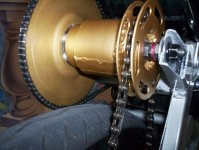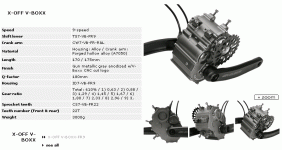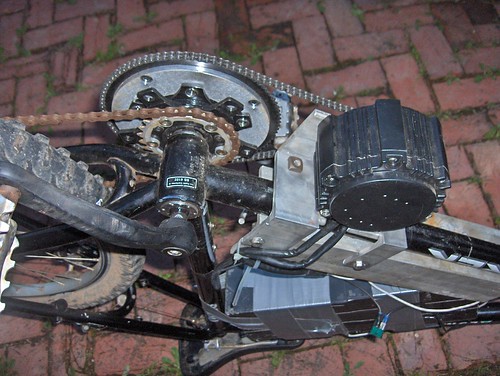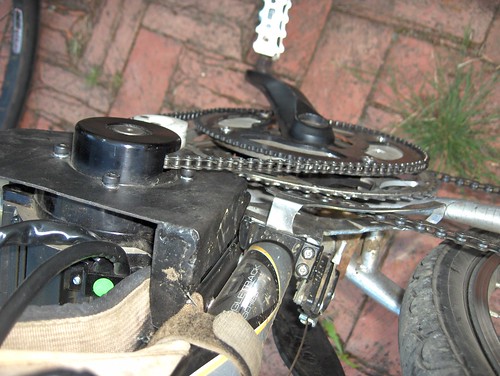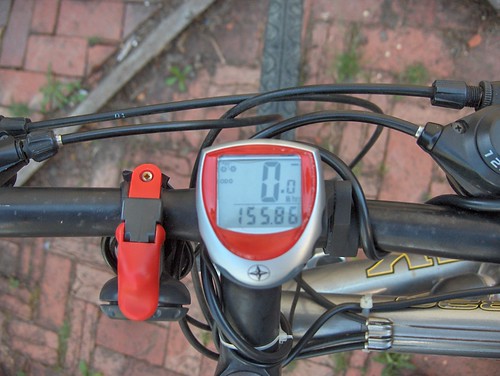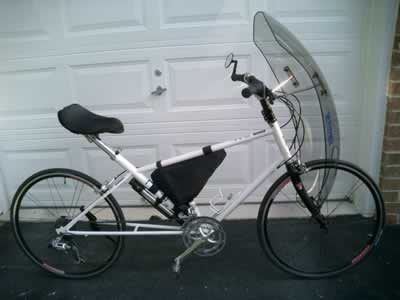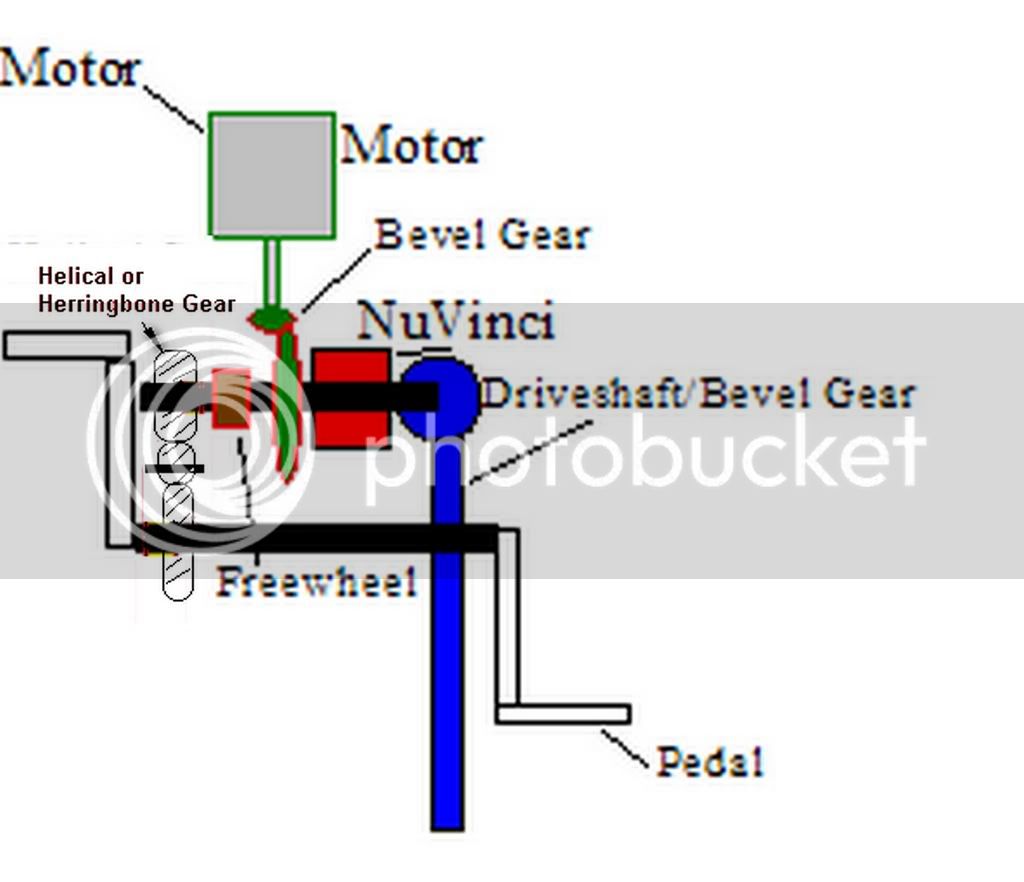this is a place to put bike design ideas concepts inovations etc...
1. running motor off rear left side internal 3 spd hub. right side could have small cluster added for conventional deraileur set-up
1a. central mounted motor running off rear left side internal 3 spd
hub.right side could have small cluster added for conventional
deraileur set-up
2. central mounted engine running off common free wheeled drive/crank
sprocket with 3 spd hub or conventional cluster gears in back
2a. central mounted engine running seperately off right rear 3 spd
geared hub with extra sprocket for added manual pedaling.
3. Bottom bracket mounted motor (cyclone)
3a. motorized bottom bracket (optibike)
3b. motor enclosed bottom bracket mounted (Giant L.A. Free or Twist
Gazelle easy glider)
4.Transmision Enclosed Bottom bracket (motor mounted seperately)
4a. motorized transmision enclosed bottom bracket
1. running motor off rear left side internal 3 spd hub. right side could have small cluster added for conventional deraileur set-up
1a. central mounted motor running off rear left side internal 3 spd
hub.right side could have small cluster added for conventional
deraileur set-up
2. central mounted engine running off common free wheeled drive/crank
sprocket with 3 spd hub or conventional cluster gears in back
2a. central mounted engine running seperately off right rear 3 spd
geared hub with extra sprocket for added manual pedaling.
3. Bottom bracket mounted motor (cyclone)
3a. motorized bottom bracket (optibike)
3b. motor enclosed bottom bracket mounted (Giant L.A. Free or Twist
Gazelle easy glider)
4.Transmision Enclosed Bottom bracket (motor mounted seperately)
4a. motorized transmision enclosed bottom bracket


